Sony gives its APS-C range a real shot in the arm with THREE new ultra-wide lenses
The Sony E 11mm f/1.8 and 15mm f/1.4 G are fast wide-angle primes, and the E PZ 10-20mm F4 G is a new ultra-wide zoom
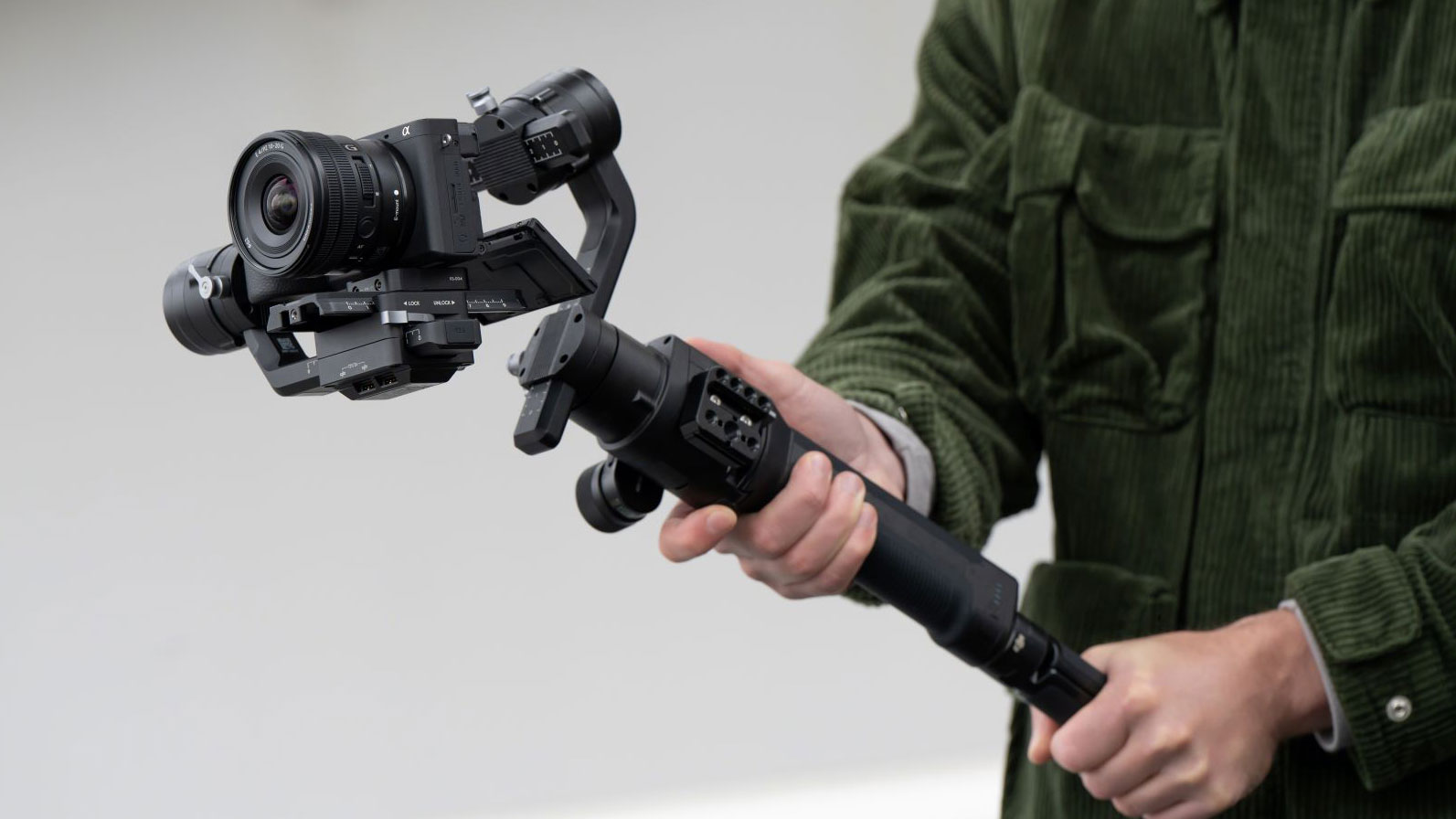
The new 11mm and 15mm prime lenses fill a big gap in the Sony APS-C wide-angle lens, range, while the E PZ 10-20mm F4 G is a modern alternative to Sony’s existing 10-18mm, and better adapted for video and vlogging.
It’s good news for owners of A6000-series cameras, who must have been wondering if Sony had lost interest in lens development for its APS-C cameras.
It also fills a gap (you might say an open goal for third-party lens makers) for fast wide-angle primes for this format. Traditionally, APS-C cameras don’t get too many prime lens choices (Fujifilm excepted), and the public’s appetite for primes is clearly growing.
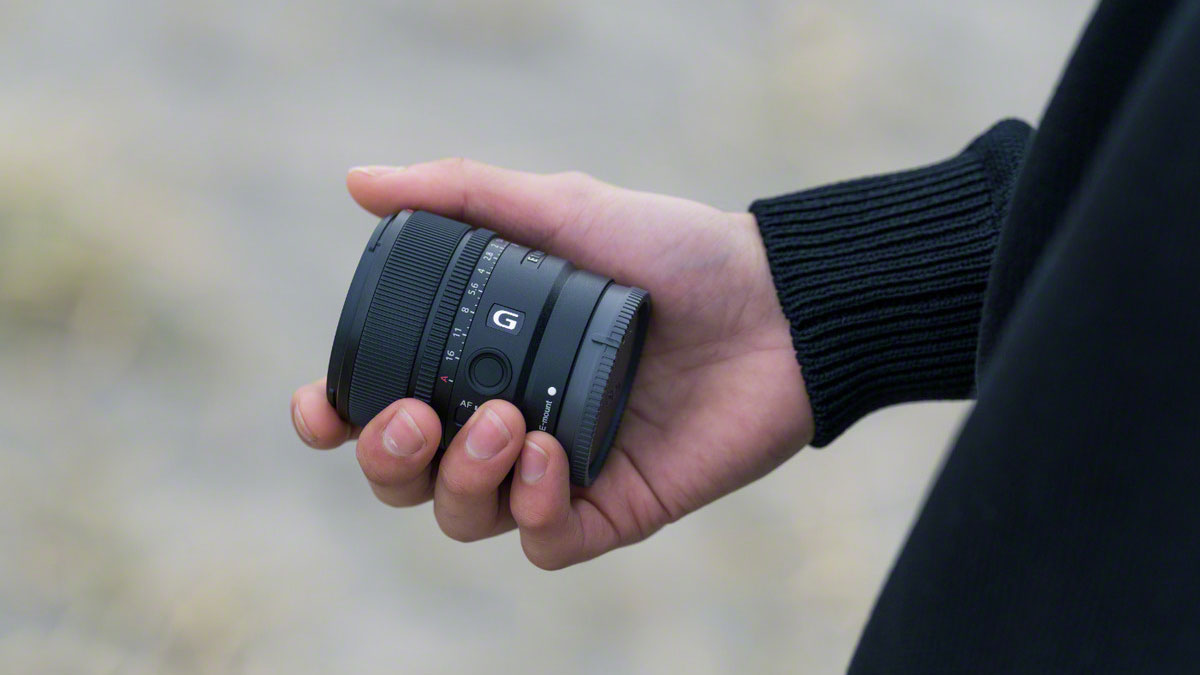
That’s partly because prime lenses are perfect for travel and gimbal use, and with the rise of vlogging, there’s a growing demand for ultra wide lenses that can get both a vlogger and their background in the frame when shooting with a grip or a gimbal.
All three new lenses are ideally suited to this new kind of content creation, so here’s a rundown of the specs and key features for each one…
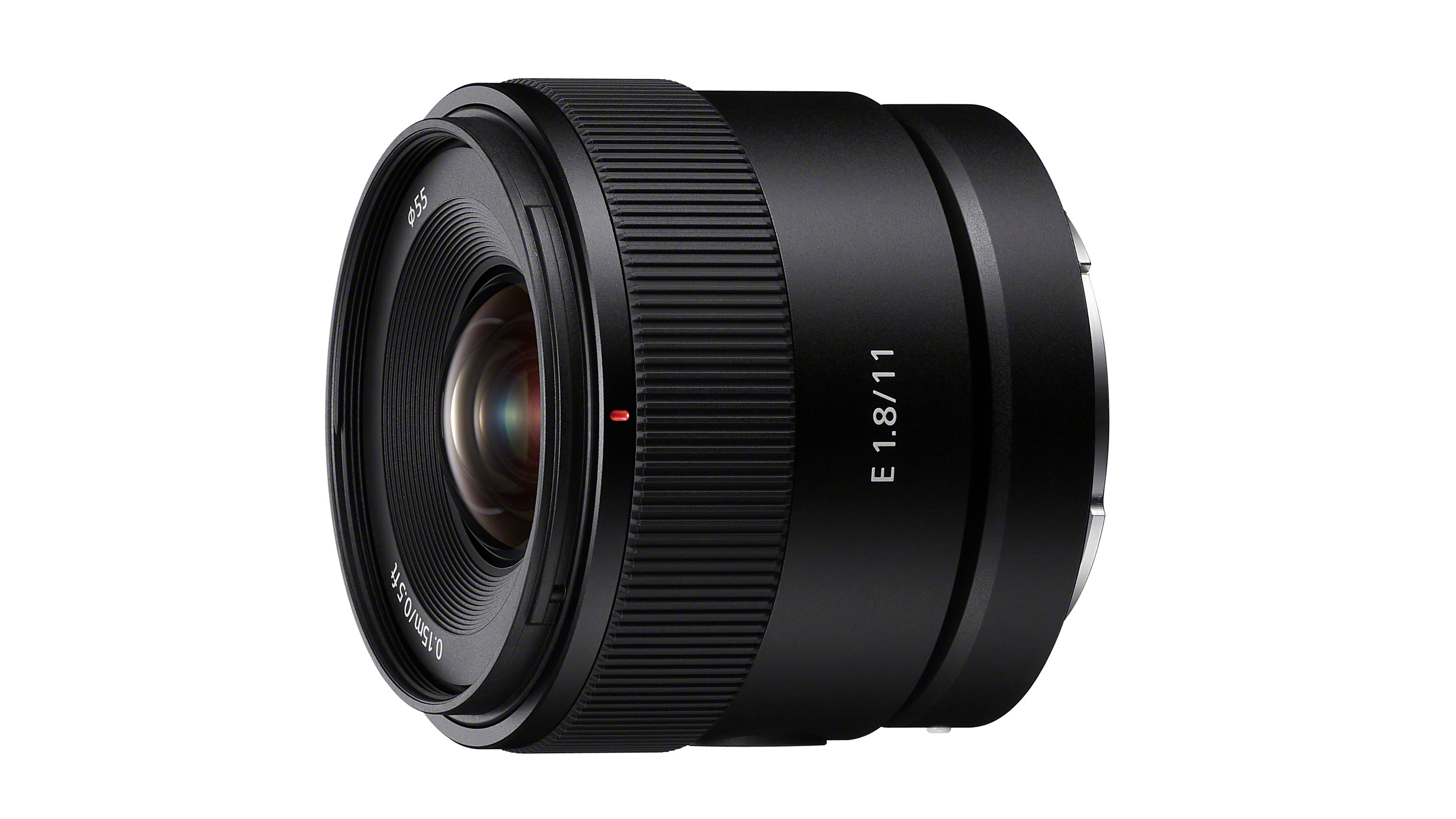
Sony E 11mm f/1.8
This lens is equivalent to a 16.5mm ultra-wide lens on a full frame camera, and it’s fast, too. It weighs just 181g and measures 57.5 x 66mm, so it’s not going to put much strain on either your camera bag or your gimbal. It uses an internal focus system designed with video in mind with fast, quiet and precise AF via two linear motors. It offers linear response manual focus, a focus hold button and a focus mode switch. It’s also sealed against dust and moisture.
This new lens is a much wider alternative to the two closest primes in the APS-C E-mount range, the 16mm f/2.8 and 20mm f/2.8 pancake primes (two lenses so old that you might have forgotten Sony still made them!). It’s designed to suppress focus breathing optically for video, and Sony sees it as an ideal lightweight companion to a vlogging camera like the ZV-E10.
Get the Digital Camera World Newsletter
The best camera deals, reviews, product advice, and unmissable photography news, direct to your inbox!
Sony E 11mm f/1.8 specifications:
Lens mount: Sony E-mount
Format: APS-C
Focal-length: 11mm (35mm equivalent 16.5mm)
Lens construction: 12 elements in 11 groups
Maximum aperture: f/1.8
Minimum aperture: f/16
Aperture Blades: 7 (circular aperture)
Minimum focus distance: 0.12m (MF)
Maximum magnification ratio: 0.2x (MF)
Filter diameter: 55mm
Image stabilization: No
Dimensions: 66 x 57.5mm
Weight: 181g
• On sale date: Available now in Australia/Mid-June elsewhere (TBC)
• Price: $548/£500/AU$849
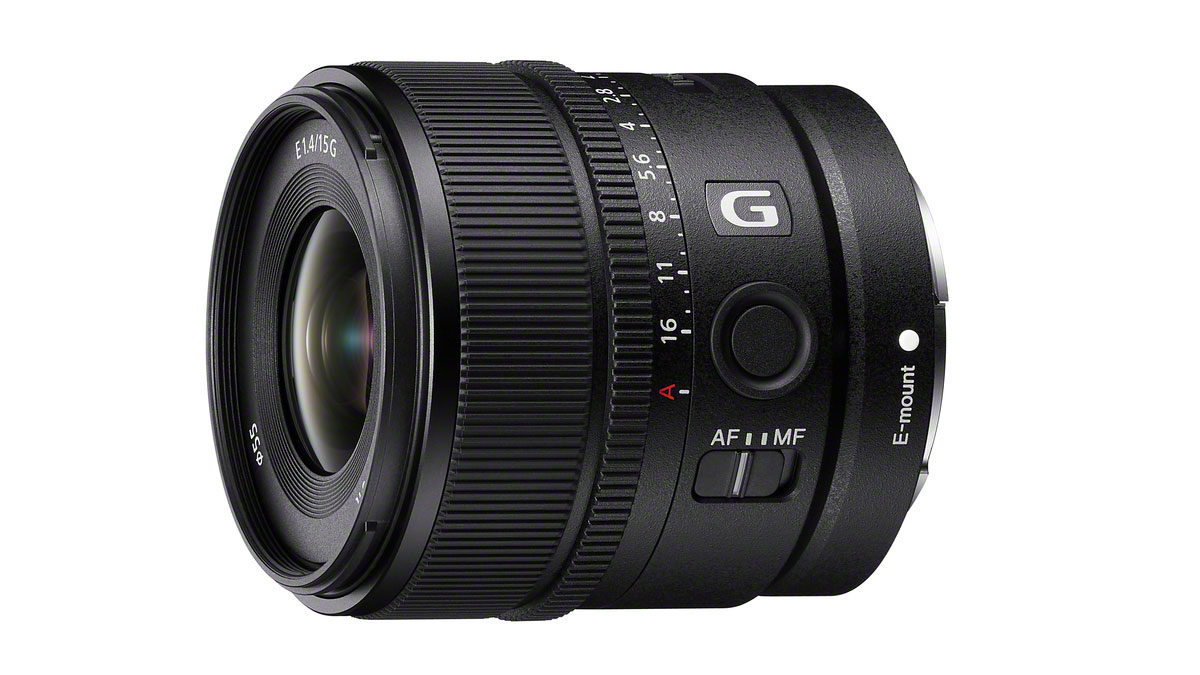
Sony 15mm f/1.4 G
The 15mm f/1.4 G is equivalent to a 22.5mm f/1.4 prime in full frame terms, so while it’s not quite ultra-wide, it is a genuine wide-angle and it is a very fast prime, a lens type that Sony has not offered before in its APS-C E-mount range.
For this lens, Sony is touting “beautiful” f/1.4 bokeh and G lens image quality, compact size and light weight for handheld and gimbal shooting, and AF powered by two fast, quiet linear motors providing internal focusing and linear manual focus. Unlike the 11mm lens above, this one has a de-clickable aperture ring, and also suppressed focus breathing optically. The weight of 219g is impressive for an f/1.4 lens, and it’s compact too, measuring just 69.5mm in length.
Sony 15mm f/1.4 G specifications:
Lens mount: Sony E-mount
Format: APS-C
Focal-length: 15mm (35mm equivalent 22.5mm)
Lens construction: 13 elements in 12 groups
Maximum aperture: f/1.4
Minimum aperture: f/16
Aperture blades: 7 (Circular aperture)
Minimum focus distance: 0.17m (MF)
Maximum magnification ratio: 0.15x (MF)
Filter diameter: 55mm
Image stabilization: No
Dimensions: 66.6 x 69.5mm
Weight: 219g
• On sale date: Available now in Australia/Mid-June elsewhere(TBC)
• Price: $748/£750/AU$1,199
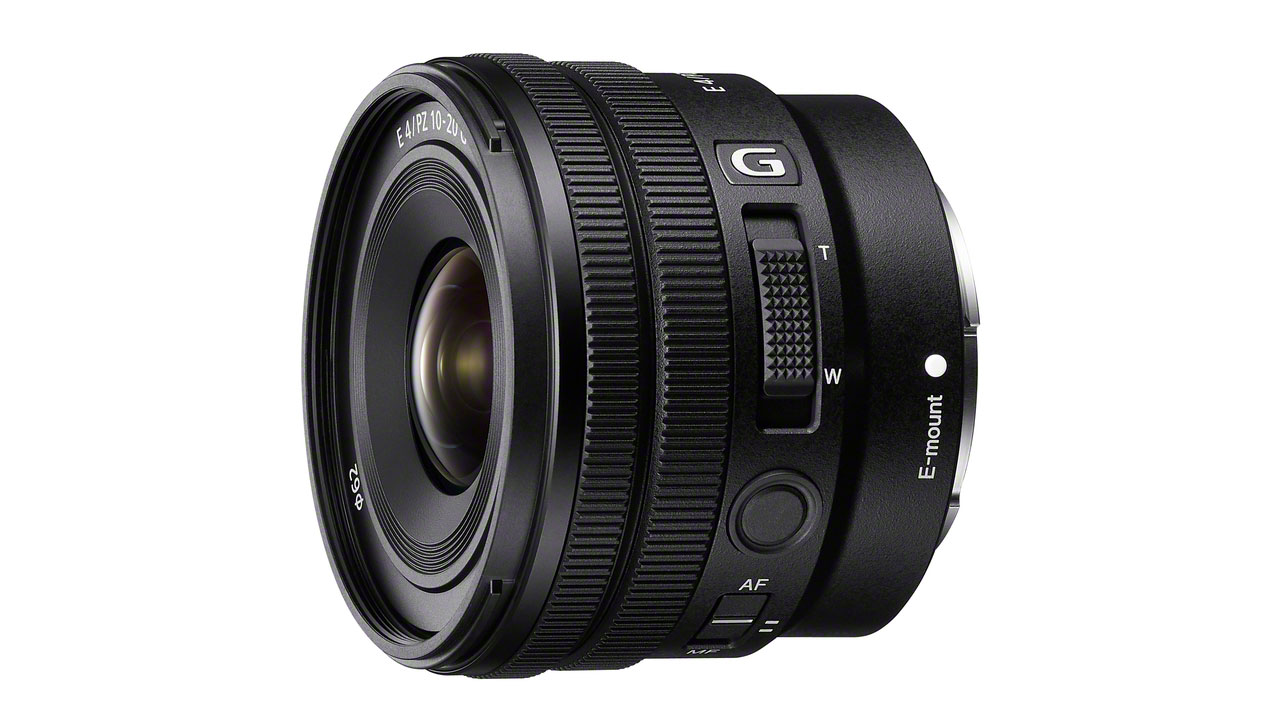
Sony E PZ 10-20mm F4 G
At first glance this might look like a retread of the existing Sony 10-18mm ultra-wide zoom, but there are some key differences for vlogging/video use.
The first and most obvious is that the focal range is extended to 10-20mm (15-30mm equivalent), but more important than this is that this new lens is both smaller and lighter, and doesn’t just have internal focusing but an internal zoom too. This is especially significant for gimbal users and could save a lot of tedious rebalancing or motor strain while filming.
Not only that, this lens has a power zoom mechanism which uses zoom levers on the lens, but can also be operated by zoom levers on those cameras that have them (Sony ZV-E10, Sony FX3) or with custom function keys on others.
On the downside, this lens does NOT have optical stabilization, unlike the old version. Sony seems to be placing a lot of faith in its cameras’ Active (digital) Stabilization – only the A6600 in the current range has in-body stabilization.
Like the other two new Sony lenses, this one uses a pair of linear motors for fast, quiet and precise AF and is also designed to suppress focus breathing.
Sony E PZ 10-20mm F/4 G specifications:
Lens mount: Sony E-mount
Format: APS-C
Focal-length: 10-20mm (35mm equivalent 15-30mm)
Lens construction: 11 elements in 8 groups
Maximum aperture: f/4
Minimum aperture: f/22
Aperture Blades: 7 (Circular aperture)
Minimum focus distance: 0.20-0.13m
Maximum magnification ratio: 0.18x (MF)
Filter diameter: 62mm
Image stabilization: No
Dimensions: 69.8 x 55.0mm
Weight: 178g
• On sale date: Available now in Australia/Mid-June elsewhere (TBC)
• Price: $748 / £750 / AU$1,199
Read more:
• Best lenses for Sony A6000 cameras
• Best Sony lenses
• Best cameras for vlogging
• Best lenses for vlogging
• Best Sony cameras

Rod is an independent photography journalist and editor, and a long-standing Digital Camera World contributor, having previously worked as DCW's Group Reviews editor. Before that he has been technique editor on N-Photo, Head of Testing for the photography division and Camera Channel editor on TechRadar, as well as contributing to many other publications. He has been writing about photography technique, photo editing and digital cameras since they first appeared, and before that began his career writing about film photography. He has used and reviewed practically every interchangeable lens camera launched in the past 20 years, from entry-level DSLRs to medium format cameras, together with lenses, tripods, gimbals, light meters, camera bags and more. Rod has his own camera gear blog at fotovolo.com but also writes about photo-editing applications and techniques at lifeafterphotoshop.com
